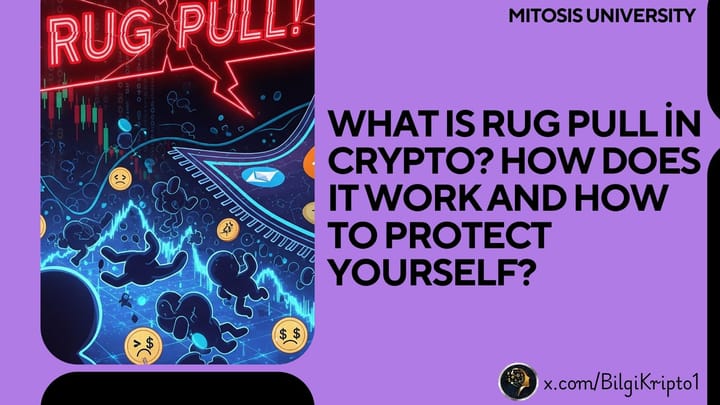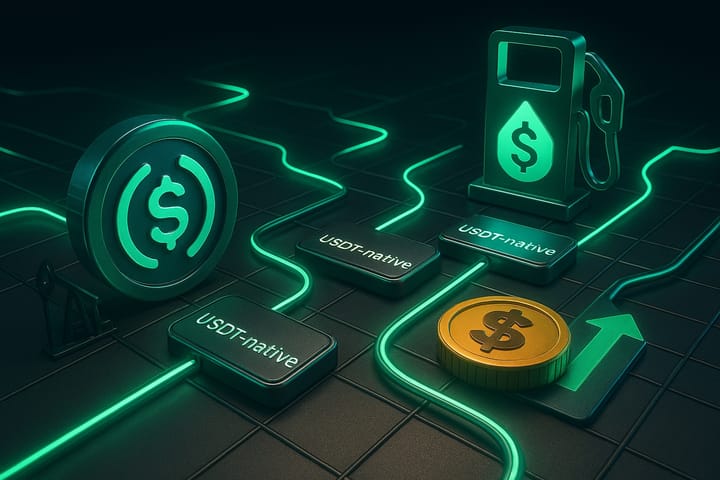Mastering Monad Testnet: Onboarding, dApps, and Airdrop Strategy Explained

Introduction: Why the Monad Testnet Matters
Imagine a blockchain that preserves full EVM compatibility while redesigning consensus and execution for maximum parallelism, lightning-fast finality, and minimal hardware requirements. That’s Monad: a modular Layer 1 that executes transactions in parallel but commits them in order, uses a custom MonadDB state store, and decouples consensus from execution for true single-slot finality at ~1 s block times Monad Blockchain. The Monad Testnet is your public gateway to this technology—a playground to build, experiment, and even vie for a future airdrop before the mainnet launch Monad Blockchain.
By participating, you’ll:
- Test real dApps (from social-fi to DeFi primitives) without spending a dime.
- Deploy smart contracts using Foundry, Hardhat, or Remix to see how parallel execution feels in action.
- Provide feedback that shapes the mainnet rollout.
- Position yourself for potential token rewards if a snapshot occurs Medium.
Ready to dive in? Let’s get started.
1. Understanding Monad’s Tech Foundations
1.1 EVM Compatibility Meets Parallel Execution
Unlike rollups or monolithic chains, Monad reengineers both consensus and execution from the ground up—yet keeps Ethereum’s RPC API and smart contract bytecode entirely intact Monad Blockchain. This design means:
- Optimistic Parallel Execution: Transactions are executed in parallel threads, then committed in sequence and verified against state to ensure correctness.
- MonadDB: A hybrid in-memory/on-disk Patricia Trie store that slashes node hardware requirements.
- Asynchronous Execution: Consensus and execution run independently, allowing the network to scale fluidly.
- Single-Slot Finality: Blocks finalize in one slot (~1 s) via a high-performance PoS mechanism.
💡 Curious how this compares to other architectures? Check out our Blockchain Foundations series for deep dives.
1.2 Why Testnets Matter
Testnets are where developers innovate and communities form before real assets are at stake. They help uncover UX friction, smart-contract edge cases, and network bottlenecks—making them crucial for any Layer 1’s success.
2. Getting Started: Wallets & Testnet MON
2.1 Supported Wallets
You can access the Monad Testnet with multiple wallets:
- Keyring Pro: Manual chain addition—Chain ID:
10143, RPC:https://testnet-rpc.monad.xyz/, Explorer:https://testnet.monadexplorer.com/Medium. - Zerion Wallet: Auto-detects Monad Testnet; level 6 users even got 10 MON test tokens to kickstart exploration Crypto Wallet for NFTs & DeFi - Zerion.
- Backpack: Offers swaps, NFT minting, and game integration on Monad, with optional Ledger pairing for future mainnet security Welcome to Backpack Learn.
❓ Question: Which wallet do you prefer for testnets? Let us know in the Mitosis Discord—and while you’re there, check out our Community Initiatives!
2.2 Acquiring Testnet MON Tokens
Testnet MON has no real-world value but powers every transaction:
- Visit the official Monad faucet (linked on the testnet homepage).
- Complete the captcha and submit your wallet address.
- Wait a minute—then see MON appear in your testnet account CoinGecko.
🔍 Pro tip: If your tokens don’t show up, switch to the testnet network in your wallet settings and refresh the interface.
3. Exploring the Monad Testnet Ecosystem
Monad’s vibrant testnet ecosystem spans Social-Fi, NFTs, DeFi primitives, and dev tooling. Here are the must-try projects:
3.1 Fantasy Top (Social-Fi)
Draft NFT “players” who are crypto influencers and compete on their Twitter engagement. Claim free packs, join tournaments, and trade cards—all gas-free. A fun gateway to social Web3 mechanics QuillAudits.
3.2 Magic Eden (NFTs)
Switch to the Monad Testnet section on Magic Eden to mint Monad Penguins or MonSharks for free, list them instantly, and experience multi-chain NFT UX at warp speed QuillAudits.
3.3 aPriori & Magma (Liquid Staking)
- aPriori: Stake MON for APR tokens.
- Magma: Swap testnet MON for stMON and earn points for future perks.
Simulate liquid staking workflows and preview mainnet staking UX QuillAudits.
3.4 nad.fun (Token Launcher)
Launch your own meme coin—name it, set supply, deploy as an ERC-20, and swap instantly. A zero-risk lab for token economics experimentation QuillAudits.
3.5 Owlto Finance (Bridges)
Deploy demo bridge contracts and simulate cross-chain transfers. Perfect for dApp teams mapping out bridging flows before mainnet QuillAudits.
3.6 Curvance (Full DeFi Suite)
Deposit MON as collateral, borrow test stablecoins, and track positions via a unified dashboard. Chain multiple steps—stake, borrow, repay, withdraw—to mimic real-world DeFi strategies QuillAudits.
3.7 Developer Tooling
Deploy “Hello, Monad!” contracts using:
- Foundry:
forge install,forge create - Hardhat:
npx hardhat run --network monad - Remix: Connect via RPC and compile/deploy in-browser.
🚀 Next step: Dive into our Technical Guides for sample scripts and best practices.
4. Monitoring & Performance Metrics
Stay informed with real-time data:
- Monad Explorer: View blocks, transactions, and contract states.
- Telemetry Dashboards: Community-run Grafana panels for TPS, latency, and mempool stats.
- RPC Performance Tests: Use
eth_blockNumberloops to benchmark your node’s responsiveness.
📊 Insight: Early community benchmarks show sustained ~5,000 TPS under load tests—impressive for a single-shard design Monad Blockchain.
5. Airdrop Strategies & Snapshots
While Monad hasn’t officially detailed an airdrop, activity often influences eligibility:
- Engage broadly: Interact with multiple dApps (Fantasy Top, Magic Eden, Curvance).
- Provide liquidity/stake: Use aPriori or Magma to demonstrate network support.
- Deploy real contracts: Show developer commitment by deploying and interacting via Foundry/Hardhat.
- Stay active: Monitor official channels for snapshot announcements.
🔔 Heads-up: Join the Mitosis Telegram contributors’ chat for weekly topic recommendations and potential snapshot alerts.
For more on token distribution models, see our Market Insights on airdrop economics.
Conclusion & Next Steps
The Monad Testnet isn’t just code—it’s a collaborative beta for web3’s next chapter. You’ve learned:
- What makes Monad unique: parallel EVM execution, MonadDB, single-slot finality.
- How to join: wallet setup, faucet, and network configuration.
- Where to play: top dApps covering social, NFT, DeFi, bridging, and token launches.
- Developer workflows: quick deployment via Foundry/Hardhat/Remix.
- Monitoring tools: explorers and performance dashboards.
- Airdrop tactics: diversified engagement and community participation.
❓ Your turn: Which Monad Testnet feature excites you most? Share your insights on Discord or Twitter, and don’t forget to tag us!
Internal Links
- Liquidity TVL Glossary
- Expedition Boosts
- Straddle Vault
- Mitosis University
- Mitosis Blog.
- Mitosis Core: Liquidity Strategies.
Let’s build the future of DeFi—one parallel transaction at a time.



Comments ()